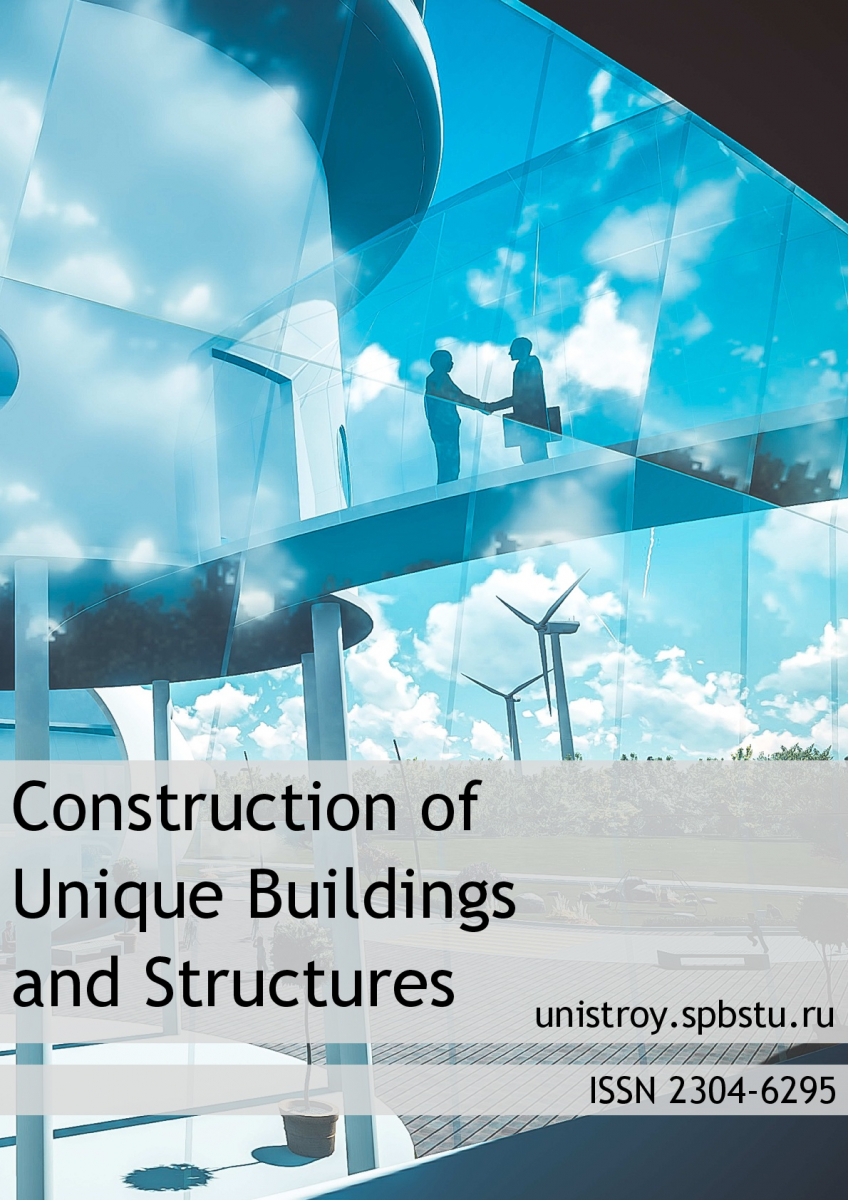Mechanical and microstructural characterization of recycled plastic waste in sustainable building applications
The object of research is Acrylonitrile Butadiene Styrene (ABS) plastic waste, amalgamated with sand, as a viable alternative for constructing plastic-sand composite blocks. Method. The research employs a systematic approach to determine the optimal ratio of plastic to sand, ultimately establishing a 1:1 ratio that optimizes the compressive strength. Results. Experimental results revealed that the developed plastic-sand composite blocks achieved a maximum average compressive strength of 15 MPa, significantly surpassing the minimum requirement of 5 MPa outlined in the IS 2185-2005 (Part 1) code for solid concrete blocks. Comprehensive testing, including comparative analyses of compressive strength and water absorption, demonstrated the superior mechanical properties of the plastic-sand composite blocks compared to conventional concrete blocks. Additionally, thermal, hardness, soundness, and density assessments confirmed adherence to relevant standards. Microstructural examinations using Scanning Electron Microscopy (SEM) and X-ray Diffraction (XRD) tests revealed a compact microstructure with reduced porosity, indicating enhanced strength and durability. The XRD analysis further confirmed the presence of silica in the composite, supporting its structural integrity. These findings underscore the feasibility of utilizing plastic waste in environmentally friendly construction applications, promoting sustainable building practices.
***ARTICLE IN PRESS***
.png)


